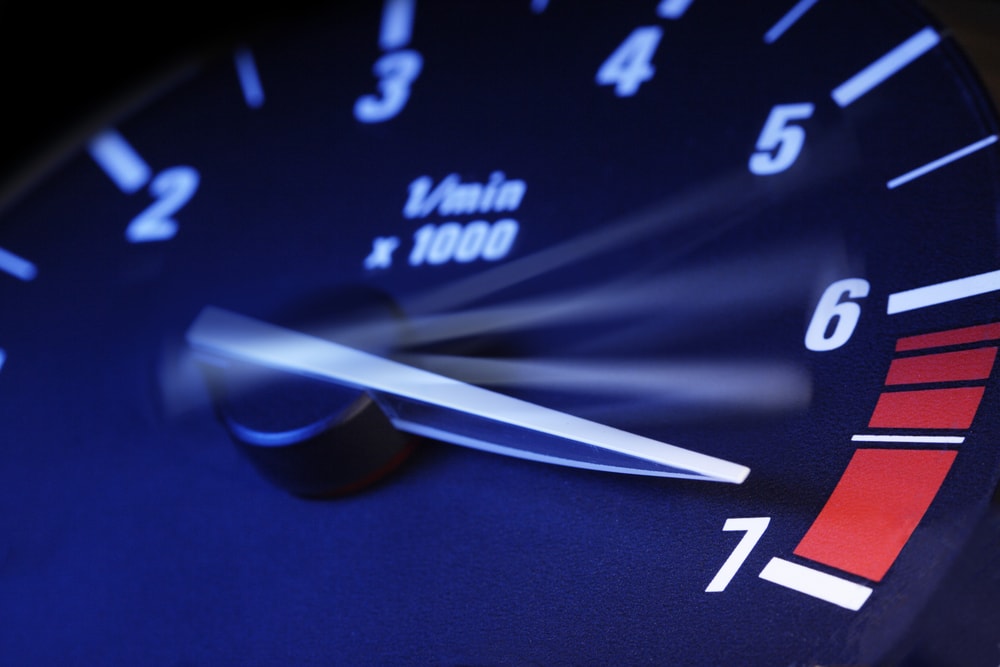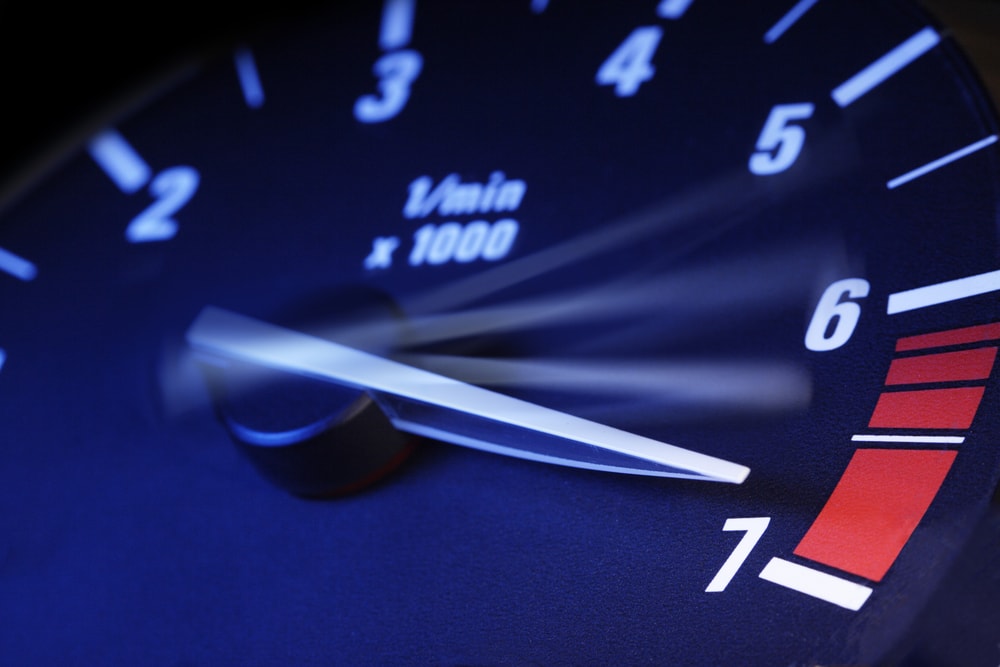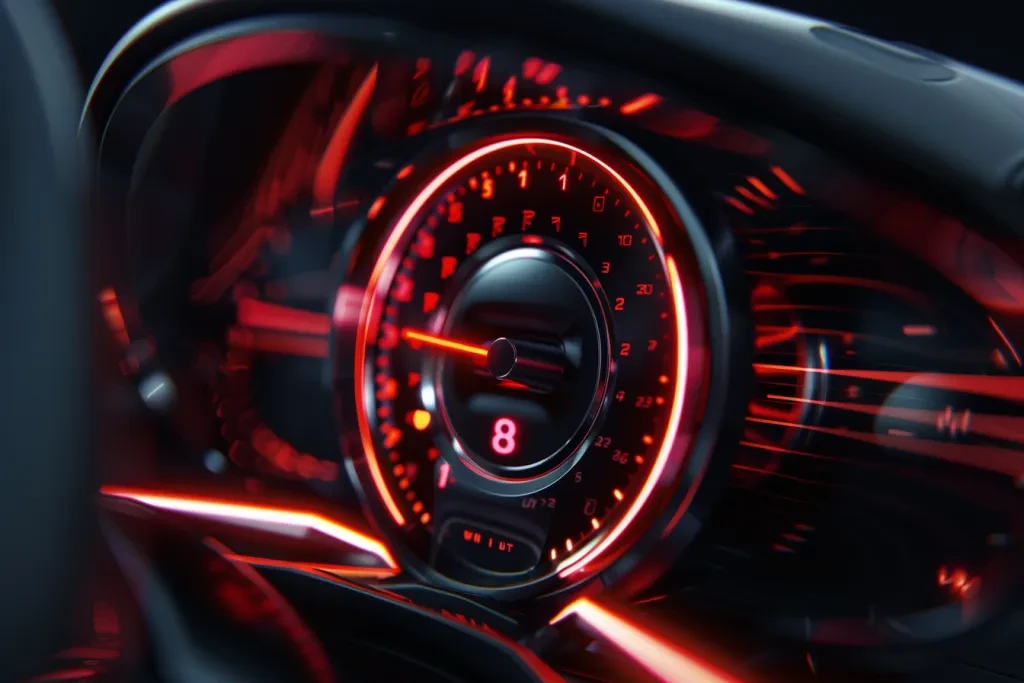
What Does the Red Line on a Tachometer Mean for You?
Share
The tachometer is an integral part of any vehicle's dashboard, providing real-time feedback on engine performance. While the general operating range is essential for maintaining engine efficiency, understanding what does the red line on a tachometer mean is crucial for both tech professionals and enthusiasts alike. The red zone indicates limitations, but what exactly does it signify?
In this article, we will delve deep into the implications of the red line on a tachometer. From its relationship with engine health to its impact on performance, every tech savvy individual must grasp these details.

The Basics of Tachometers
Tachometers are devices used to measure the rotational speed of an engine, typically expressed in revolutions per minute (RPM). Understanding how to interpret these readings is fundamental for anyone involved in automotive engineering or maintenance.
Most tachometers feature color-coded zones: the green zone denotes safe operational ranges, the yellow zone indicates caution, and the red zone serves as a warning. In essence, the red line signals that the engine is approaching or has exceeded its maximum RPM threshold, which can lead to serious mechanical damage.
What Happens When You Hit the Red Line?
When a vehicle reaches the red line on the tachometer, the engine is working at full capacity, or even beyond its safety limits. This can lead to several potential issues:
- Engine Damage: Prolonged exposure to the red zone can result in overheating, leading to major engine failure.
- Excessive Wear: Parts such as valves and bearings may endure unnecessary strain, reducing their lifespan significantly.
- Decreased Performance: While it might seem like a good idea to push the limits for speed, it often results in reduced overall efficiency.
Understanding RPM and Power Bands
To comprehend the significance of the red line fully, one must grasp the concept of RPM and power bands. Different engines operate optimally at various RPM ranges, often dictated by the engine's design and purpose. Its essential to know your vehicles specifications and where its engine performs best.
Many high-performance engines are designed to run at elevated RPM levels, meaning their red lines may be set higher than those of standard engines. Understanding these specifications can be the difference between good and poor engine health.
Technology and Tachometer Evolution
Over the years, tachometer technology has evolved significantly. From mechanical meters to digital displays, the accuracy and efficiency of these devices have improved, allowing for more precise readings.
Modern tachometers often feature advanced diagnostics that enhance user experience. They may display additional information such as engine temperature and performance metrics, making it easier for tech enthusiasts to monitor engine health.
How to Maintain Your Tachometer
Proper maintenance of the tachometer is vital for ensuring accurate readings. Here are some tips:
- Regular Calibration: Ensure your tachometer is calibrated correctly to avoid misleading readings.
- Inspect Connections: Regularly check the wiring and connections to ensure they are secure and intact.
- Stay Updated: Keep abreast of any technical updates related to your vehicle's tachometer.
Common Misconceptions About the Red Line
Occasionally, you may encounter myths surrounding the red line on a tachometer. Let's dispel some common misconceptions:
-
Myth 1: Hitting the red line occasionally is okay.
Reality: While it might not cause immediate damage, frequent instances can lead to long-term issues. -
Myth 2: All vehicles have the same red line.
Reality: Red lines vary significantly based on engine design. -
Myth 3: The red line is only important for performance vehicles.
Reality: Every vehicle relies on the tachometer for health and efficiency.
Understanding Engine Performance and Diagnostics
Understanding what does the red line on a tachometer mean is essential for diagnostics as well. When troubleshooting performance issues, a tachometer reading might indicate problems such as misfiring or stalling, which require immediate attention.
Tech professionals should always refer to the manufacturer's specifications to keep the vehicle in optimal condition. Regular checks can help catch issues before they escalate.
Comparing Analog and Digital Tachometers
Traditionally, tachometers were analog, but with technological advancements, many now come in digital formats.
Both types have their pros and cons:
- Analog: Provide a quick visual representation but may be less precise than digital options.
- Digital: Offer exact readings and may include additional features like data logging.
Events Leading to Red Line Engagement
There are various reasons a driver might engage the red line:
- High-Speed Racing: Drivers often push their vehicles to the limit for performance.
- Heavy Load: Towing or carrying heavy loads can cause increased strain on the engine.
- Improper Gear Selection: Making shifts at the wrong RPM can cause the engine to hit its red line.

Final Thoughts
In summary, understanding what does the red line on a tachometer mean is crucial for maintaining engine health and performance. By being aware of the risks associated with hitting the red line, both tech professionals and enthusiasts can better manage their vehicles to avoid costly repairs.
For further insights, considering visiting our related articles on how to use a vibration tachometer and how to troubleshoot a tachometer. Regular checks can improve both performance and lifespan.
Frequently Asked Questions
Q1: What should I do if my tachometer goes into the red zone?
A1: Immediately ease off the throttle and shift to a lower gear to reduce RPM.
Q2: Is it dangerous to run my engine in the red zone for short periods?
A2: While occasionally hitting the red line may not cause immediate damage, it is advisable to avoid it as a regular practice.
Q3: How can I monitor my tachometer effectively?
A3: Regularly observe your tachometer when accelerating and shifting to ensure you stay within its safe operating range.
